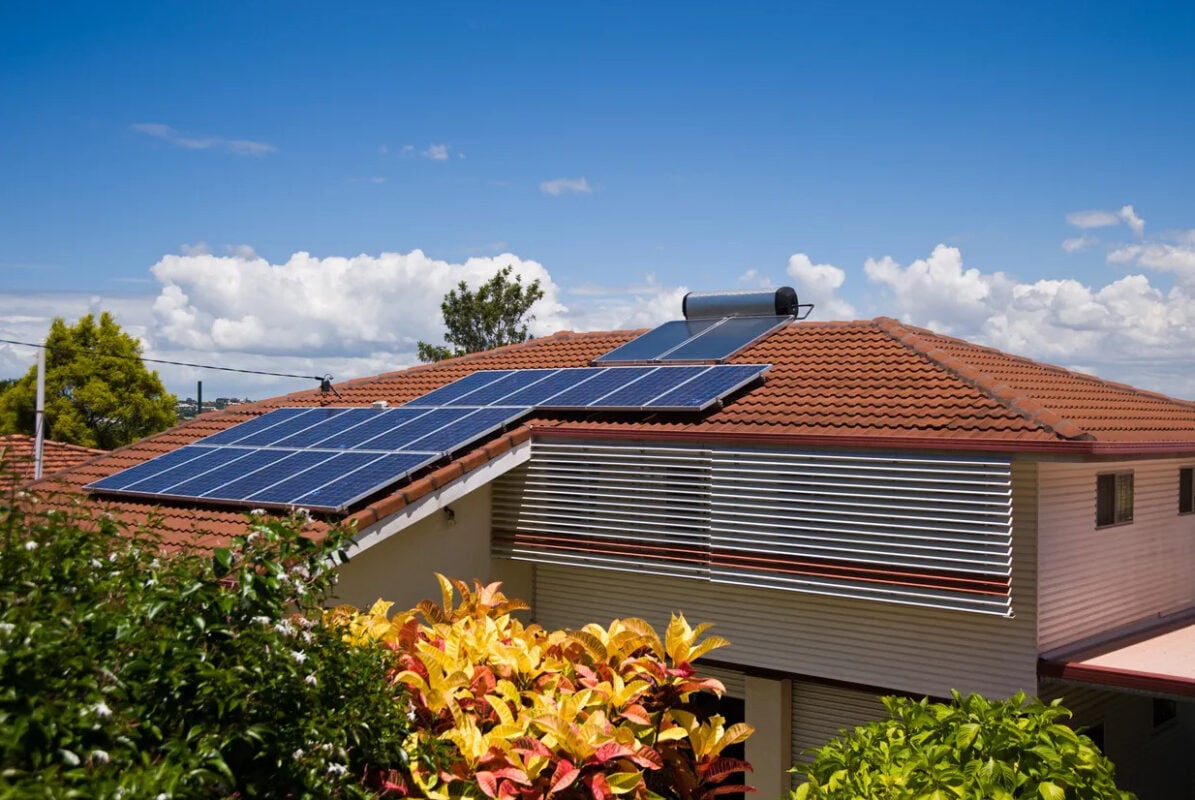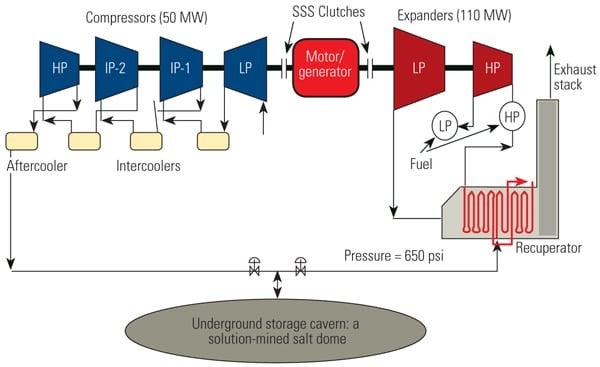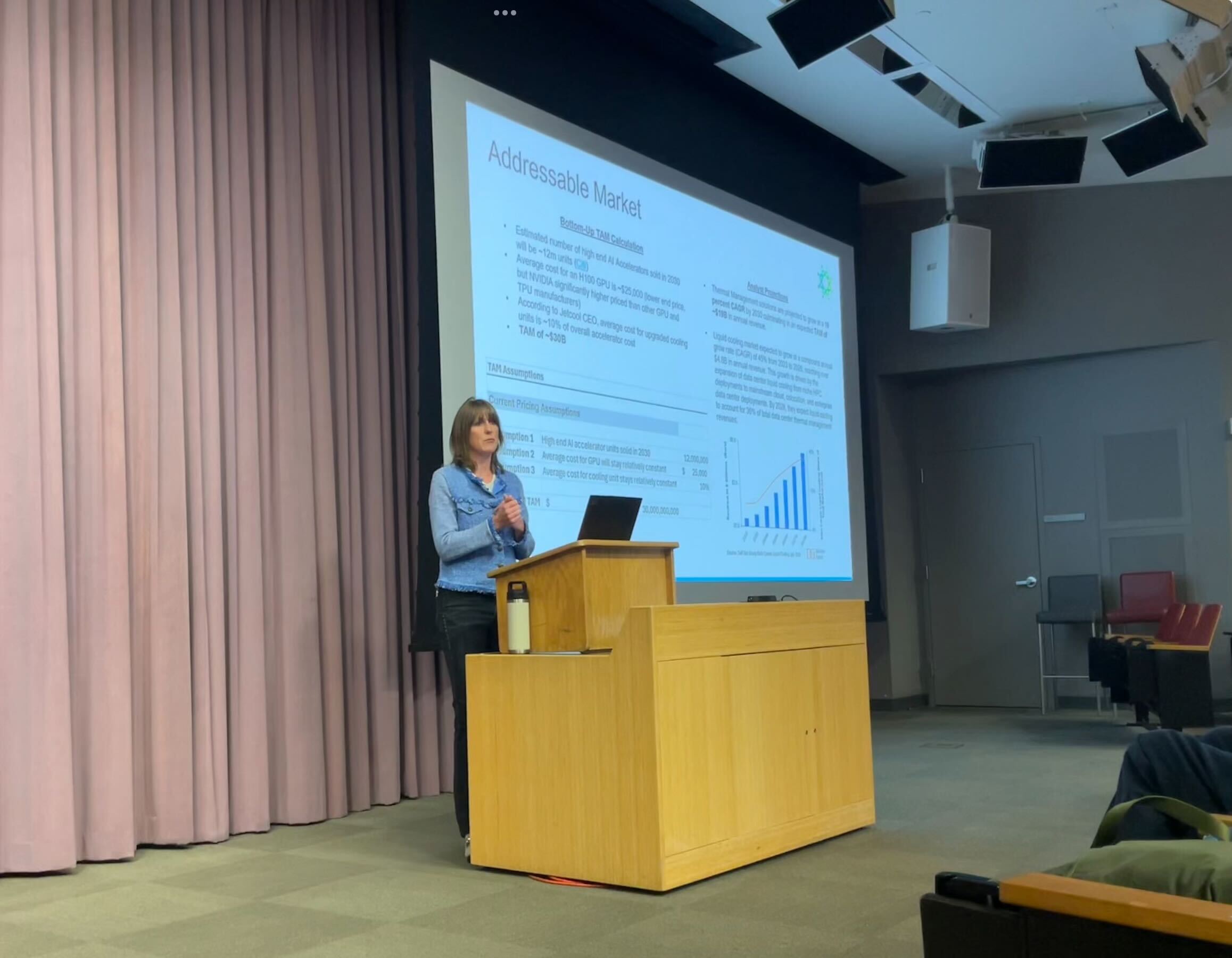Honda Motor acquires stake in India’s OMC Power to develop clean energy batteries – Reuters
Report on Strategic Partnership Between Honda Motor and OMC Power for Sustainable Energy Solutions
Executive Summary
A strategic partnership has been formed through an equity stake by Honda Motor in India’s renewable energy service company, OMC Power. This collaboration, supported by Mitsui & Co and Chubu Electric Power, is focused on developing clean energy storage solutions by repurposing electric vehicle (EV) batteries. The initiative directly supports several United Nations Sustainable Development Goals (SDGs) by promoting clean energy, fostering innovation, and advancing circular economy principles.
Key Stakeholders
- OMC Power: An Indian renewable energy service company operating over 500 plants supplying power to telecom, healthcare, SMEs, and rural homes via mini-grids.
- Honda Motor: A Japanese automaker making its first strategic investment into India’s distributed clean energy sector.
- Mitsui & Co: A key backer of OMC Power.
- Chubu Electric Power: A key backer of OMC Power.
Project Objectives and Alignment with Sustainable Development Goals (SDGs)
The project, scheduled to commence in January 2026, will repurpose Honda’s detachable EV batteries for stationary energy storage. This initiative is critically aligned with the following SDGs:
- SDG 7: Affordable and Clean Energy: The core mission is to expand access to reliable and clean electricity for underserved communities, including rural houses and small to medium-sized businesses, through distributed mini-grid systems. This directly contributes to ensuring universal access to affordable, reliable, and modern energy services.
- SDG 12: Responsible Consumption and Production: By repurposing used EV batteries, the partnership establishes a circular economy model. This extends the product lifecycle, reduces waste, and promotes sustainable consumption and production patterns, moving away from a linear “take-make-dispose” model.
- SDG 9: Industry, Innovation, and Infrastructure: The project represents a significant innovation in energy storage and builds resilient, decentralized energy infrastructure. This enhances industrial capacity for clean technology and supports sustainable economic development in rural and semi-urban areas.
- SDG 11: Sustainable Cities and Communities: Providing stable and clean power to rural communities and local businesses enhances their economic resilience and sustainability. It makes human settlements more inclusive, safe, and resilient by ensuring access to essential services powered by clean energy.
- SDG 13: Climate Action: The deployment of renewable energy plants and battery storage systems is a direct measure to combat climate change and its impacts. By replacing fossil fuel-based energy sources, the initiative helps reduce greenhouse gas emissions.
- SDG 17: Partnerships for the Goals: This international collaboration between Indian and Japanese corporations exemplifies a global partnership for sustainable development. It combines technological expertise, financial investment, and local operational knowledge to achieve shared sustainability objectives.
Operational Framework
OMC Power will integrate Honda’s repurposed EV batteries into its existing network of over 500 renewable energy plants across North and Central India. These batteries, originally used in electric two- and three-wheelers, will serve as energy storage units, ensuring a consistent power supply from renewable sources like solar to power telecom towers, healthcare facilities, small businesses, and rural households.
Analysis of Sustainable Development Goals in the Article
1. Which SDGs are addressed or connected to the issues highlighted in the article?
The article highlights several issues that connect to the following Sustainable Development Goals (SDGs):
- SDG 7: Affordable and Clean Energy – The core of the article is about OMC Power, a renewable energy service company, providing electricity through mini-grids and battery storage, directly addressing the goal of ensuring access to clean energy.
- SDG 9: Industry, Innovation, and Infrastructure – The partnership involves building clean energy infrastructure (mini-grids) and innovating by repurposing used EV batteries, which aligns with developing resilient infrastructure and promoting sustainable industrialization.
- SDG 11: Sustainable Cities and Communities – By providing reliable power to “rural houses,” “healthcare providers,” and “small and medium sized businesses,” the initiative helps make rural communities more sustainable and resilient.
- SDG 12: Responsible Consumption and Production – The project’s plan to “extend the lifecycle of used EV batteries by repurposing them” is a direct example of promoting reuse and reducing waste, which is central to this goal.
- SDG 17: Partnerships for the Goals – The entire initiative is a multi-stakeholder partnership between an Indian company (OMC Power) and several Japanese corporations (Mitsui & Co, Chubu Electric Power, Honda Motor) to achieve sustainable development objectives.
2. What specific targets under those SDGs can be identified based on the article’s content?
Based on the article’s content, the following specific SDG targets can be identified:
- Target 7.1: By 2030, ensure universal access to affordable, reliable and modern energy services. The article explicitly mentions that OMC Power supplies electricity to “rural houses via mini-grids,” directly contributing to this target of energy access.
- Target 7.2: By 2030, increase substantially the share of renewable energy in the global energy mix. The company is described as a “renewable energy service company” that “operates more than 500 renewable energy plants,” which directly supports increasing the share of renewables.
- Target 9.4: By 2030, upgrade infrastructure and retrofit industries to make them sustainable, with increased resource-use efficiency and greater adoption of clean and environmentally sound technologies. The project to “repurpose Honda’s detachable and portable batteries” is an innovative and clean technology that increases resource-use efficiency.
- Target 12.5: By 2030, substantially reduce waste generation through prevention, reduction, recycling and reuse. The plan to “extend the lifecycle of used EV batteries by repurposing them” is a clear example of reuse, which helps reduce waste.
- Target 17.17: Encourage and promote effective public, public-private and civil society partnerships. The collaboration between India’s OMC Power and Japan’s Honda, Mitsui, and Chubu Electric is a private-private partnership aimed at achieving clean energy goals.
3. Are there any indicators mentioned or implied in the article that can be used to measure progress towards the identified targets?
Yes, the article mentions or implies several indicators that can be used to measure progress:
- Indicator for Target 7.1: The article implies the indicator of “Proportion of population with access to electricity.” While it doesn’t provide a number, it specifies the beneficiaries as “rural houses,” indicating a focus on increasing access in underserved areas.
- Indicator for Target 7.2: A direct indicator mentioned is the “Renewable energy share in the total final energy consumption.” The existence of “more than 500 renewable energy plants” operated by OMC Power serves as a quantifiable measure of their contribution to this share.
- Indicator for Target 12.5: An implied indicator is the “National recycling rate, tons of material recycled.” In this context, it would be more specific: the quantity or capacity of used EV batteries repurposed for energy storage. The article states the project will “repurpose Honda’s detachable and portable batteries,” which is a measurable activity.
4. Summary Table of SDGs, Targets, and Indicators
| SDGs | Targets | Indicators (Mentioned or Implied in the Article) |
|---|---|---|
| SDG 7: Affordable and Clean Energy | 7.1: Ensure universal access to affordable, reliable and modern energy services. 7.2: Increase substantially the share of renewable energy in the global energy mix. |
Number of rural houses and small businesses provided with electricity. Number of renewable energy plants in operation (stated as “more than 500”). |
| SDG 9: Industry, Innovation, and Infrastructure | 9.4: Upgrade infrastructure and adopt clean and environmentally sound technologies. | Adoption of battery repurposing technology for clean energy storage. |
| SDG 11: Sustainable Cities and Communities | 11.a: Support positive economic, social and environmental links between urban, peri-urban and rural areas. | Provision of reliable power infrastructure (mini-grids) to rural communities, healthcare providers, and businesses. |
| SDG 12: Responsible Consumption and Production | 12.5: Substantially reduce waste generation through prevention, reduction, recycling and reuse. | Quantity/number of used EV batteries repurposed, extending their lifecycle. |
| SDG 17: Partnerships for the Goals | 17.17: Encourage and promote effective public-private and civil society partnerships. | The established equity partnership between OMC Power (India) and Honda, Mitsui & Co, Chubu Electric Power (Japan). |
Source: tradingview.com
What is Your Reaction?
 Like
0
Like
0
 Dislike
0
Dislike
0
 Love
0
Love
0
 Funny
0
Funny
0
 Angry
0
Angry
0
 Sad
0
Sad
0
 Wow
0
Wow
0
















































:focal(1500,1000)/https://media.globalcitizen.org/a6/9a/a69a4720-d8a1-4715-b596-18738d03c05c/rotary_polio_hero_image.jpg?#)







/countries/sri-lanka/photo-credit---dmc-sri-lanka.tmb-1200v.jpg?sfvrsn=dc298bcc_1#)


















